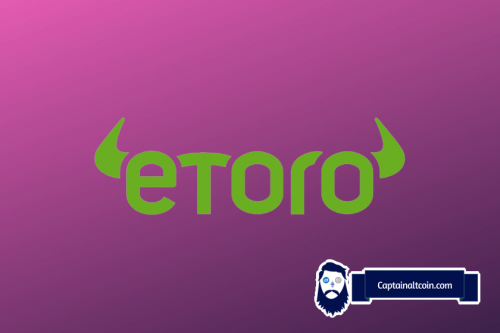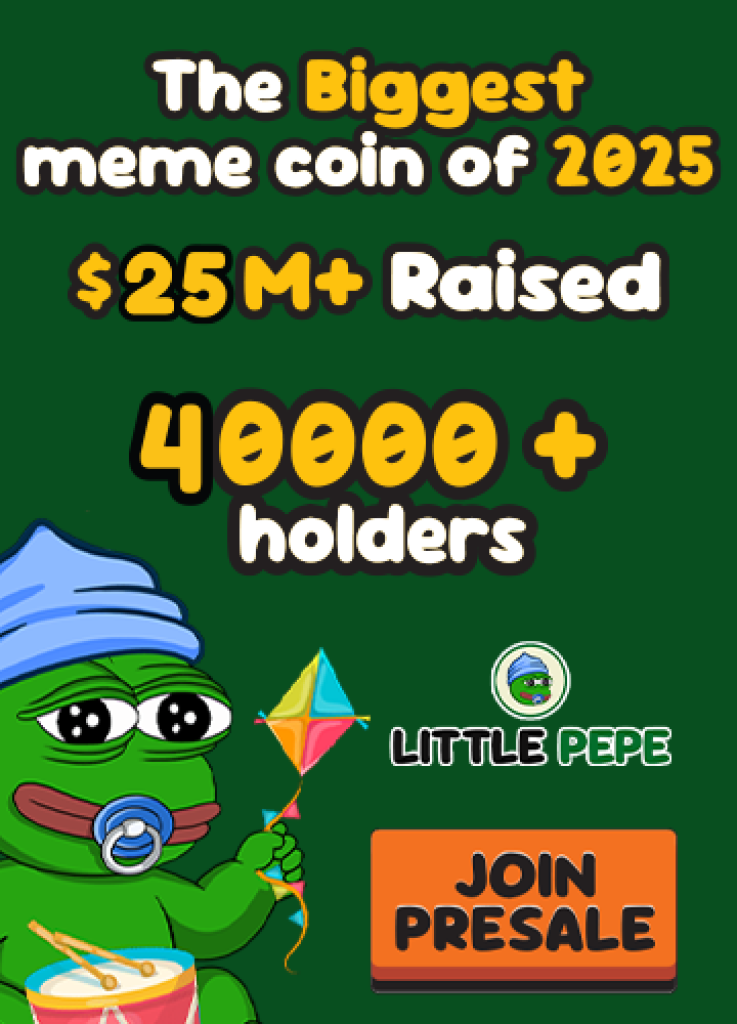
In July, The GMX token experienced a surge, hitting our projected resistance level of $60 and even touching the 200-day moving average, which stands at approximately $62.
However, this euphoria was short-lived as the token faced three consecutive rejections at this level, possibly indicating a Triple Top formation. The token’s price has since plummeted, falling below the $53 mark and even breaching the crucial $40 support level. This descent below $40 is particularly noteworthy, given that this support level had previously held strong in both June and January.
Currently, the Relative Strength Index (RSI) is below 30 (according to altFINS), signaling an oversold condition and hinting at a potential short-term rebound. However, traders should exercise caution. The overall trajectory of GMX is bearish across short, medium, and long-term timeframes.
While the Moving Average Convergence Divergence (MACD) line remains under the MACD Signal Line and the RSI is under 45, there are signs that the worst may be over. The rising MACD Histogram bars suggest that a momentum shift could be on the horizon.

Source: altFINS
What you'll learn 👉
Support and Resistance Levels to Watch
Keep an eye on the nearest support zone, which is at $40—a level the token has already breached. The next support level to watch is $26. On the flip side, the immediate resistance zone is at $53, which previously acted as support, followed by $60.
Inside GMX: The Leading DEX in Derivatives Trading
GMX, short for Gambit Exchange, is a decentralized exchange (DEX) that specializes in perpetual cryptocurrency futures trading.
With the capability to offer up to 50X leverage on popular cryptocurrencies like Bitcoin and Ethereum, GMX has carved a niche for itself. Launched in September 2021, the platform has already amassed a staggering trading volume exceeding $130 billion and boasts a user base of 283,000, making it the go-to derivatives DEX on both the Arbitrum and Avalanche networks.
Tokenomics: A Closer Look at GMX’s Financial Structure
When it comes to the tokenomics of GMX, the circulating supply is a little over 8.7 million GMX tokens, with a projected maximum supply of 13.25 million. Here’s how the token allocation breaks down:
- 6 million GMX tokens are earmarked for XVIX and Gambit migration.
- 2 million GMX tokens are paired with Ethereum to provide liquidity on Uniswap.
- Another 2 million GMX tokens are reserved for vesting, coming from Escrowed GMX rewards.
- 2 million GMX tokens contribute to the floor price fund.
- 1 million GMX tokens are allocated for marketing initiatives, collaborations, and community development.
- Lastly, 250,000 GMX tokens will be gradually distributed to the team over a two-year timeframe.
In summary, the GMX token is currently navigating choppy waters, but its robust platform and well-thought-out tokenomics offer a glimmer of hope for the future. Exercise caution if you’re considering trading GMX, and as always, set your price alerts.
We recommend eToro
Wide range of assets: cryptocurrencies alongside other investment products such as stocks and ETFs.
Copy trading: allows users to copy the trades of leading traders, for free.
User-friendly: eToro’s web-based platform and mobile app are user-friendly and easy to navigate.









